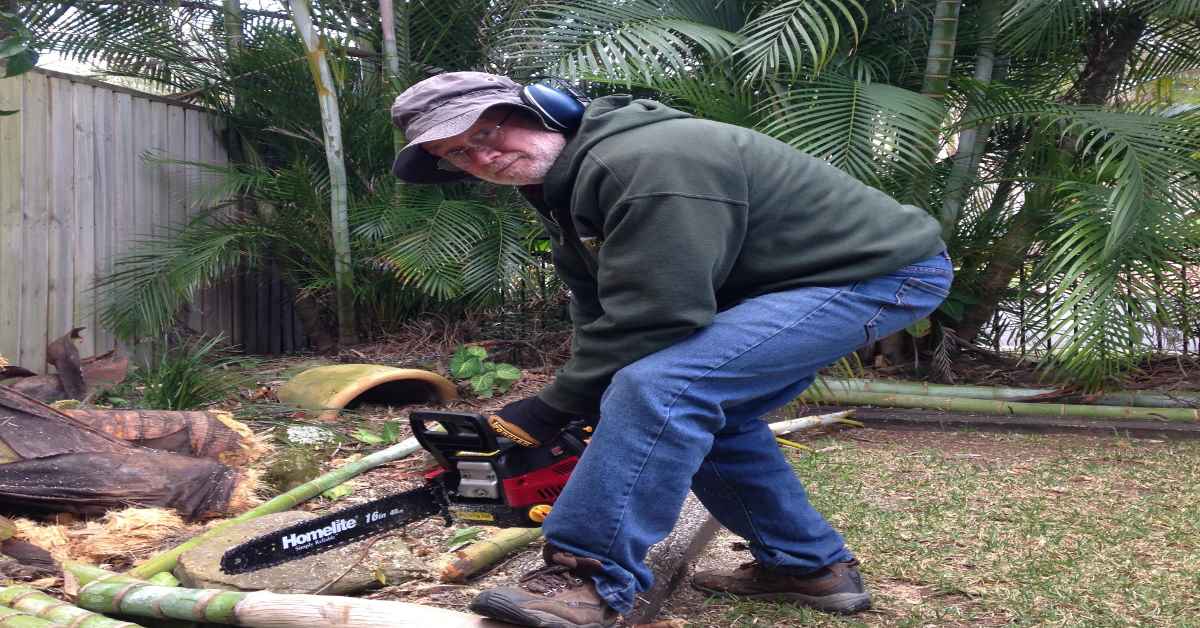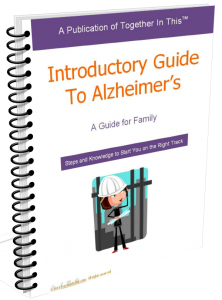 “Dad has been outside cutting up a tree with a chain saw, and yesterday, I had to yell at him as he was about to cut through a live electrical cable,” the daughter stated. Comments like this are not uncommon to read in online dementia forums for caregivers.
“Dad has been outside cutting up a tree with a chain saw, and yesterday, I had to yell at him as he was about to cut through a live electrical cable,” the daughter stated. Comments like this are not uncommon to read in online dementia forums for caregivers.
Dad has always maintained the home – it’ just who he is. And Mom has always made supper for the family – it’s maternal.
Millions of families around the world face dilemmas like this on a daily, if not hourly, basis. Memories of how their loved one cared for them or found joy from certain activities fills the caregiver’s head and heart.
Preserving their Identity
You so want your loved one to be the person they once were, and you don’t want to diminish their individualism. You know that if you take away these pleasures, a piece of your loved one will be lost, and their purpose will slip away.
Providing a safe and stimulating environment helps people with Alzheimer’s or other dementia maintain their purpose and individualism. While everyone with dementia has the right “to live in a safe and stimulating environment” as pointed out in the Best Friends Dementia Bill of Rights, most families don’t know how to provide such an environment on a routine basis.
Going Too Far
As a result, you might completely remove the pleasure opting to shield your loved one from all dangers. But this all-or-nothing approach is unhealthy, and generally results in agitation and anger.
Sometimes it even escalates to violence as the person with dementia fights back to maintain their rights. This shouldn’t been seen as a surprise because even people without dementia lash out when prevented from doing things they choose to do.
Striking a Balance
Rather than completely removing an activity, you must learn ways to adapt the activity to minimize the danger while still allowing the person with dementia to feel accomplished and successful. Since dementia is a progressive disease that erodes a person’s abilities over time, these activities must be simplified as abilities decrease.
While this sounds easy on paper, it is far from easy. How does the daughter stop her dad from working on the house? She can’t, and she shouldn’t.
But she can’t have her eyes on him constantly either. Does she hide all sharp instruments, knowing Dad will get more upset when he can’t find them?
Not all household dangers can be eliminated but the environment can be made safer with some planning and implementation. Identifying the dangers and understanding when and why they occur is the first step in adapting the situation.
If meal time is the dangerous time for Mom, steps should be taken to reduce the dangers in the kitchen while still empowering her to assist with meal preparation.
Hand in Hand
Potentially dangerous activities such as meal preparation or gardening are also great opportunities to create a stimulating and rewarding time for a loved one with dementia. By performing activities together, you can reduce the dangers while also assisting your loved one in the successful accomplishment of various activities.
Making the home safe while still fostering a stimulating environment is a tall order for families caring for someone with Alzheimer’s or other dementia. If possible, you should consider having trained professionals assist in preparing the home environment and identifying appropriate activities for your loved one.
This additional help can result in a home that is both safe and stimulating while allowing the person with Alzheimer’s to be actively engaged in activities that enrich their life.
This article originally appeared on Next Avenue in 2015 at: https://www.nextavenue.org/how-to-keep-a-loved-one-with-dementia-safe/






Leave a Reply